As cities expand and populations soar, the concrete jungle is no longer just steel and asphalt—it’s turning green. A quiet revolution is taking root in balconies, rooftops, windowsills, and community plots around the world. This revolution is urban gardening, and it’s transforming the way we eat, live, and think about food.
Urban gardening is more than a hobby. It is a solution to food insecurity, a response to climate anxiety, and a return to self-reliance. From New York to Nairobi, people are growing their own vegetables, herbs, and fruits in spaces once considered unfit for agriculture. This shift is not only reshaping cityscapes, but also the food culture, health practices, and sustainability goals of millions globally.
This article explores how urban gardening is changing the way we eat—physically, socially, and environmentally.
1. What Is Urban Gardening?
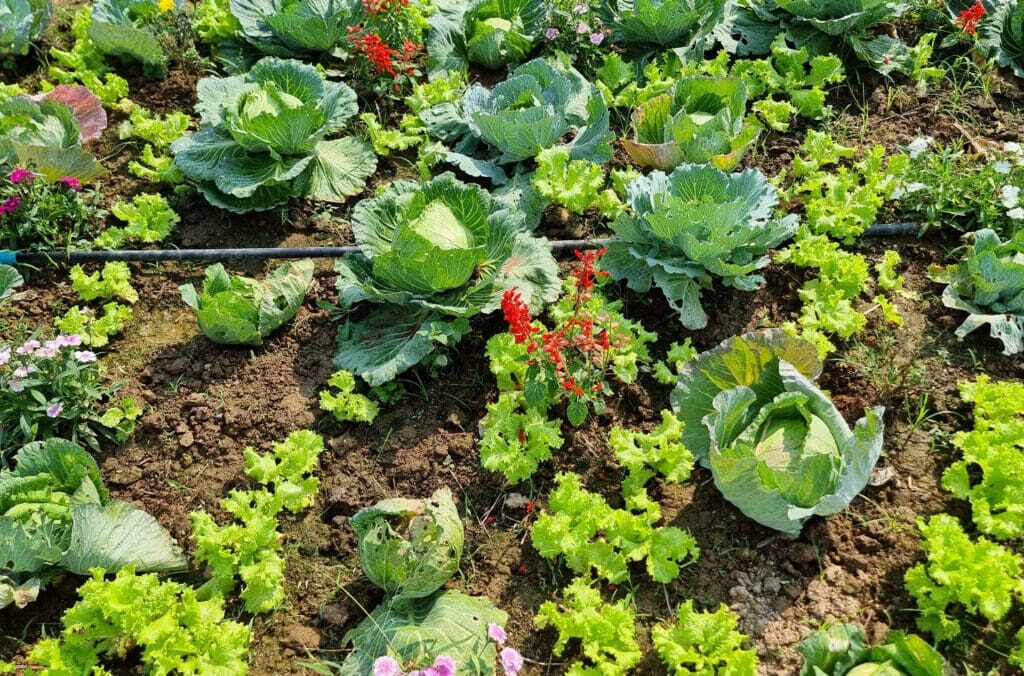
Urban gardening refers to the practice of growing food in urban environments, using available spaces like:
- Rooftops and terraces
- Balconies and patios
- Vertical gardens and walls
- Community plots
- Indoor hydroponics or aquaponics systems
- Windowsills or repurposed containers
Whether through community gardens, school garden projects, or DIY home setups, urban gardening makes fresh food hyper-local, seasonal, and personal.
2. Reconnecting Cities with Fresh Food
One of the most profound impacts of urban gardening is how it shortens the distance between food production and consumption. Most urban dwellers rely on supermarkets that source produce from hundreds or even thousands of kilometers away.
Urban gardens bring ultra-fresh produce right to the doorstep, often harvested just minutes before eating. This change affects the way we eat in several ways:
a. Freshness = More Nutrition
Freshly picked produce retains more nutrients than store-bought alternatives that have spent days in transit. Leafy greens like spinach or herbs like basil lose nutritional value quickly post-harvest.
b. Seasonal Awareness
Urban gardeners become attuned to local growing seasons, leading to more sustainable and diverse eating habits based on what’s naturally available rather than imported.
c. Varietal Diversity
Home and community gardens often grow heirloom and non-commercial varieties not commonly found in stores—like purple carrots, yellow tomatoes, or spicy lettuce mixes—broadening the palate and food culture.
3. Boosting Food Security in Urban Areas
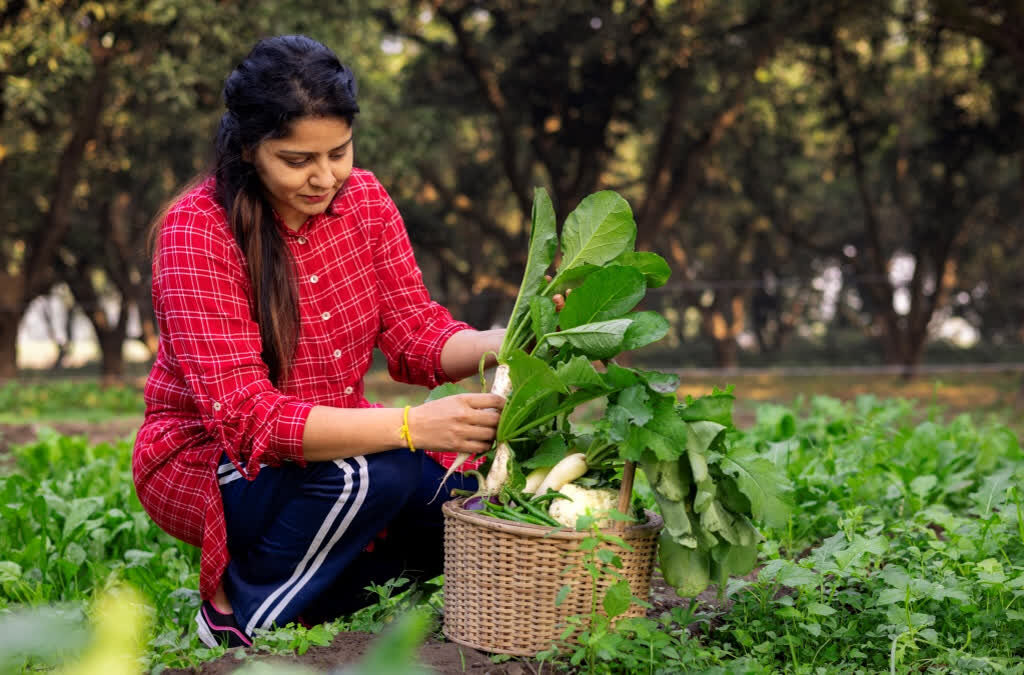
In many cities, especially in developing countries, urban gardening addresses food insecurity directly. As food prices rise and global supply chains face disruption, home-grown produce offers an affordable, consistent food source.
Examples:
- Cuba’s “Organopónicos” movement turned abandoned lots into organic gardens during the 1990s food crisis, feeding thousands.
- In Nairobi, informal settlements now rely on sack gardens—vertical potato sacks used to grow greens—to combat malnutrition.
Even in wealthy nations, marginalized communities use urban gardening as a tool for empowerment and access to nutrient-rich food in “food deserts.”
4. Changing Eating Habits for the Better
Urban gardening subtly nudges individuals and families toward healthier food choices:
a. More Vegetables, Less Processed Food
People who grow their own food tend to eat more fruits and vegetables, and less processed or fast food. The act of growing creates a connection to ingredients and encourages home cooking.
b. Children Learn to Love Greens
School and family gardens help children understand where food comes from, increasing their willingness to try vegetables they helped grow.
c. Mindful Eating
Gardening encourages seasonal, slow, and conscious consumption, promoting better portion control and appreciation for food effort.
5. Urban Farming and Culinary Innovation

Urban gardening is influencing modern cooking trends and restaurant practices:
- Farm-to-table dining: Restaurants grow herbs, microgreens, or tomatoes on rooftops and walls.
- Chefs become gardeners: Culinary professionals experiment with unique herbs or edible flowers grown in urban spaces.
- Zero-waste kitchens: Garden scraps are composted and reused, reducing food waste and enhancing soil.
Case Study:
In Singapore, urban farms supply greens directly to restaurants within hours. Projects like Edible Garden City integrate farming into urban architecture, changing the local food identity.
6. Environmental Benefits Influencing Our Diet
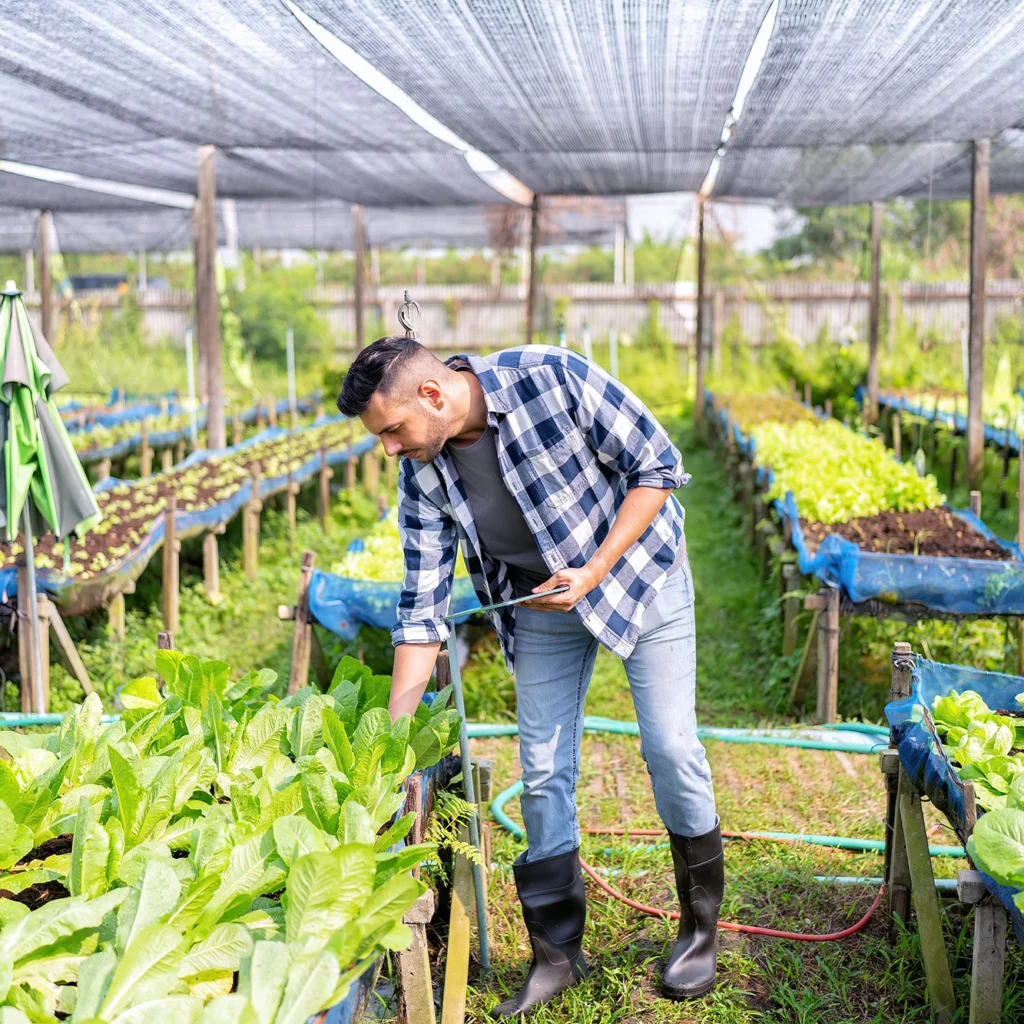
Urban gardening is inherently more sustainable than industrial agriculture:
a. Lower Carbon Footprint
Local production eliminates long transportation chains, cold storage, and packaging. Fewer “food miles” means lower emissions.
b. Reduced Pesticide Use
Most urban gardens rely on organic or minimal-input practices, lowering exposure to harmful chemicals in the food chain.
c. Composting and Soil Building
Urban gardeners often compost kitchen waste, returning nutrients to the soil and closing the loop between plate and plant.
d. Pollinator-Friendly Cities
Urban greenery supports bees, butterflies, and other pollinators essential to fruit and vegetable production.
7. Social and Psychological Shifts in Urban Eating Culture
The impact of urban gardening extends beyond nutrition to how communities think and talk about food.
a. Community Building
Shared gardens foster social bonds and knowledge exchange. Potlucks and harvest festivals bring back the lost sense of food as a collective experience.
b. Mental Health Benefits
Tending a garden has been proven to reduce stress, anxiety, and depression. A healthy mind often leads to healthier eating patterns.
c. Food Literacy
Urban gardening promotes understanding of food origins, seasonality, biodiversity, and nutrition—critical in a world facing rising rates of diet-related illnesses.
8. Urban Gardening Technologies Fueling the Shift
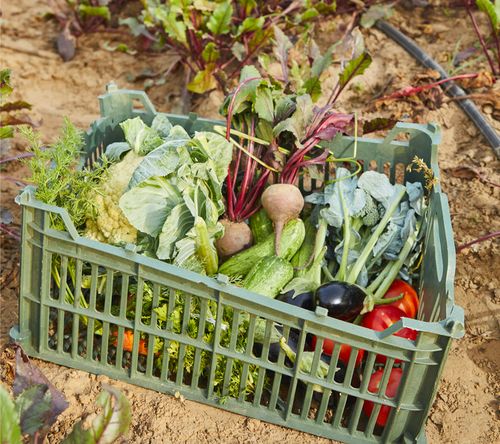
Technological innovation is making urban gardening easier, more efficient, and more scalable:
- Hydroponics: Soil-free systems that use water solutions for nutrient delivery.
- Vertical gardens: Space-saving wall-mounted or stacked planters.
- Smart gardening apps: Help users track planting schedules, weather alerts, and pest control.
- IoT sensors: Monitor soil moisture, pH, and light levels for optimal plant health.
Example:
In Tokyo, skyscraper buildings now include vertical farms on entire floors, producing lettuce and herbs for in-house cafeterias and nearby markets.
9. Challenges in Urban Gardening
Despite its benefits, urban gardening also faces hurdles:
- Limited space and sunlight access
- Lack of gardening knowledge among beginners
- Water scarcity in drought-prone urban areas
- Policy and zoning restrictions
- High startup costs for hydroponic or advanced systems
Solutions include community-led training programs, citywide compost initiatives, rooftop garden incentives, and urban agriculture policies.
10. The Future: Will We All Become Urban Farmers?
While not everyone will grow all their food, urban gardening is likely to become a permanent feature of modern food systems. With urban populations set to reach 68% of the world total by 2050, the need for local, resilient food networks is critical.
Future trends may include:
- Integration of agriculture into building design
- Urban food cooperatives powered by shared gardens
- Hybrid retail models combining groceries and gardening spaces
- City governments designating “green food corridors”
Conclusion
Urban gardening is quietly transforming the way we eat—reconnecting people with nature, food sources, and each other. It promotes fresher, healthier, and more sustainable eating patterns while addressing food access, environmental concerns, and community well-being.
In a world grappling with climate change, pandemics, and supply chain vulnerabilities, urban gardening emerges not as a luxury, but as a resilient necessity. As more people cultivate their own food in the heart of cities, the future of food may grow not on distant farms, but right next door.

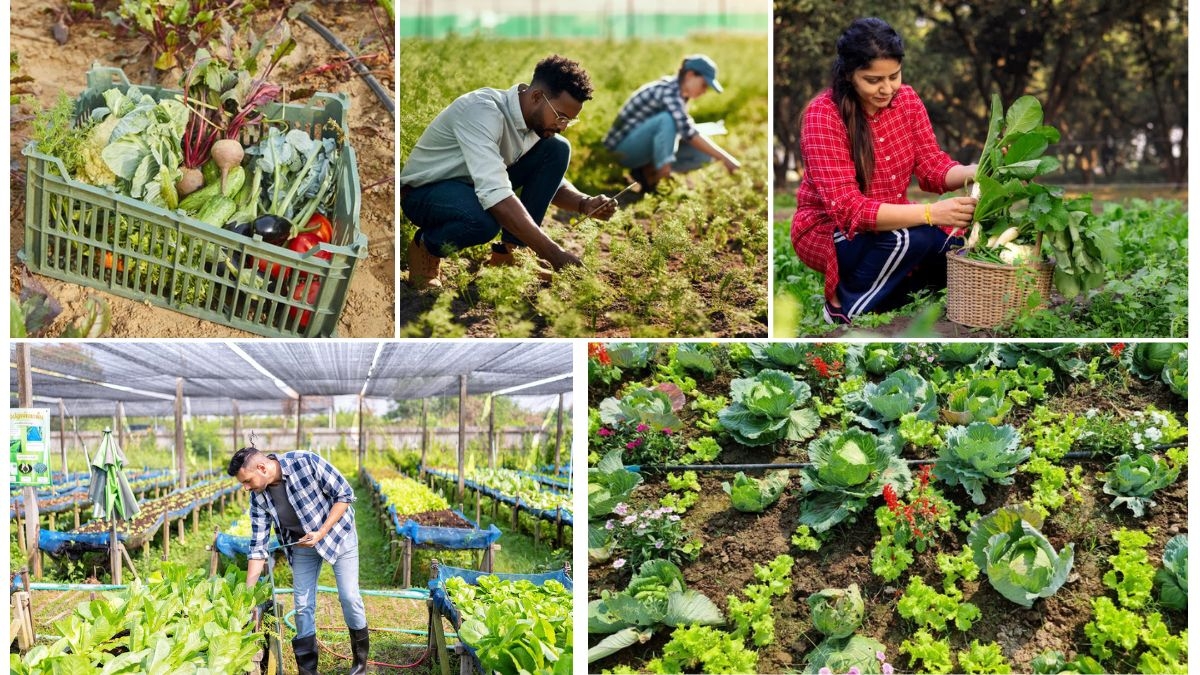





Leave A Comment